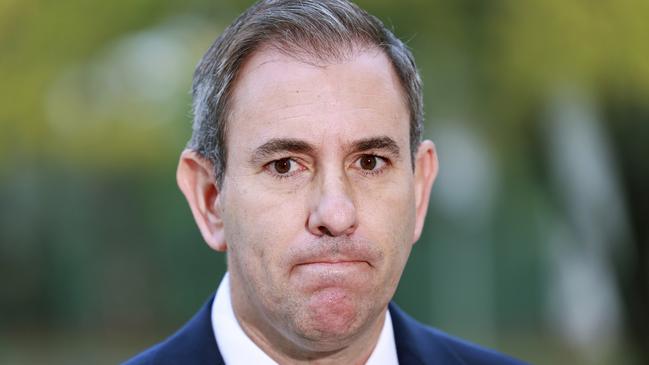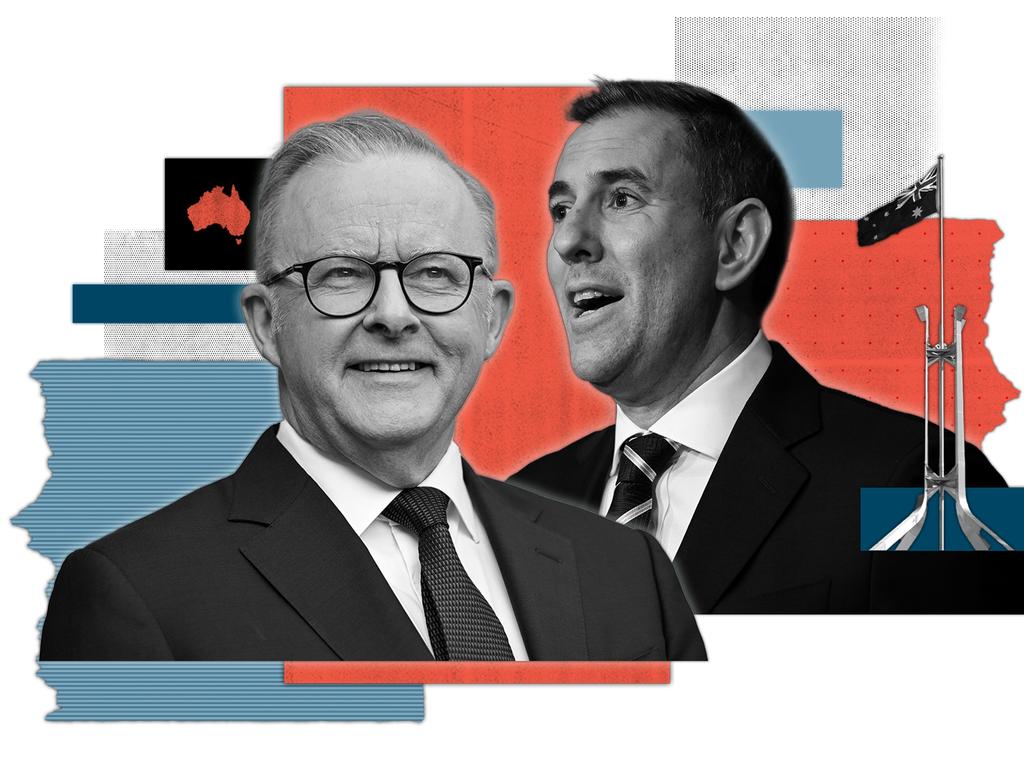
But, on Tuesday night the Treasurer put politics first and economic responsibility second despite his repeated claims to be producing “an economically responsible budget”.
Chalmers had three immediate political victories in his fourth and final budget for the first term of the Albanese government: First; he’s delivered tax cuts to everyone weeks before an election; second, he kept them secret and maximised the impact and, third: he created a challenge for Peter Dutton, who must oppose, match or raise the $17bn tax spend.
While a welcome surprise, the tax cuts at $5 a week are, as Chalmers said, “modest”.
But the Treasurer also had three immediate economic losses: he didn’t introduce any real productivity reform, he confirmed growing debt and a decade of deficits and covered the need for spending cuts with overoptimistic forecasts.
Despite his own dire warnings about storms from overseas including slowing growth and possible recessions in our United States and Chinese trading partners, negative growth in our “peer” countries of the United Kingdom, Canada and New Zealand Chalmers said “the economy remains on track for a soft landing”.
Chalmers argues that Australian exceptionalism will continue in face of an uncertain international outlook including “tariffs and other trade barriers” and that Australia “is set to maintain this momentum”.
Treasury analysis of the threats to Australia’s steel and aluminium industries from Donald Trump’s tariffs, and even the global impact of retaliatory tariffs on inflation in Australia will be “modest” by 2030.
Domestically, despite a deficit this year of $42bn Treasury forecasts growth to pick up from 1.5 per cent to 2.5 per cent in 2026-27, unemployment to peak lower at 4.25 per cent and inflation “to be coming down faster as well”.
“All this means the soft landing we have been planning and preparing for is looking more and more likely,” Chalmers said.
But, all of the tax cuts, cost-of-living relief and spending which will take effect after an election will cost $37bn on the budget and more than $100bn “off the budget”.
What’s more, the biggest drains on the budget, interest rate payments and the NDIS – which now costs more than Medicare – are still rising.
The average annual growth of the NDIS remains at 8 per cent despite the efforts during the past three years to rein in costs and Chalmers’ declaration that structural improvements in savings had been made in the NDIS.
For Chalmers the political justification for a decade of deficits is that Labor is not “ignoring our responsibility to build a stronger, fairer and more inclusive society”.
“Where more Australians have the chance to contribute to and share in our economic success,” Chalmers told parliament.
But, while Chalmers has sought to spread the cheer, the giveaways threaten longer-term “economic success”.








For weeks Jim Chalmers has been talking about putting the economy “front and centre” and not producing a political budget on the eve of an election.